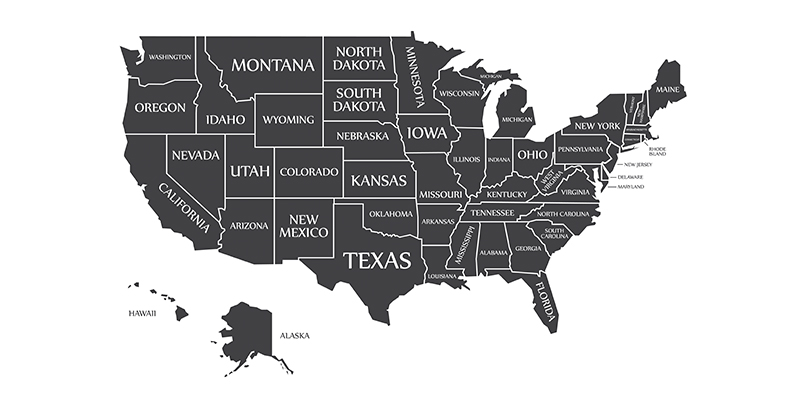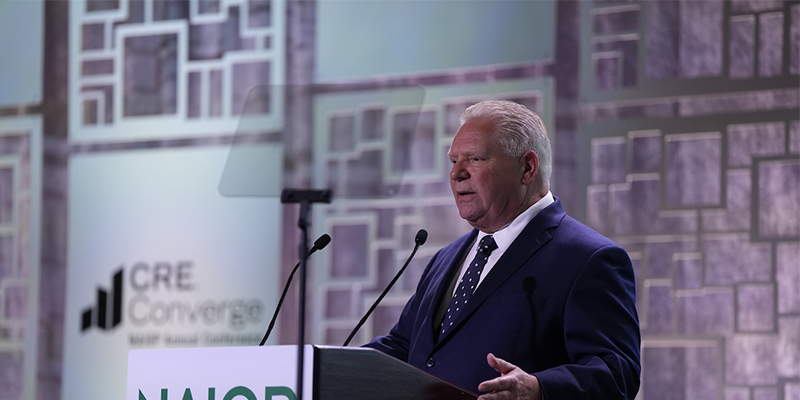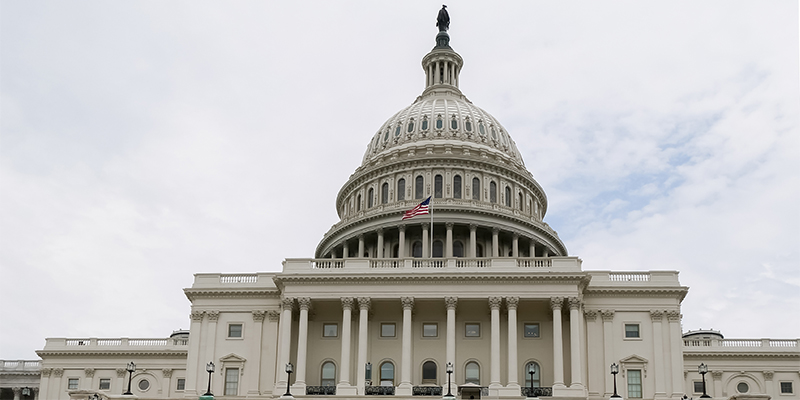The economic slowdown from the COVID-19 pandemic initially raised concerns within states that general revenue collections would be lower than anticipated and, as a result, create shortfalls in maintaining a balanced budget. Although revenue collections from certain sectors of the economy, such as hospitality and tourism, were lower, overall revenue shortfalls from the pandemic did not materialize in most states. Partially bolstered by e-commerce and the collection of state sales tax from internet transactions, revenue collections actually increased, producing budget surpluses. These surpluses provided an opportunity for states to enact various tax relief measures.
In order to put it in perspective, the Fiscal Survey of the States, spring 2022 version, from the National Association of State Budget Officers (NASBO), indicates that general revenue collections have increased in 49 states for fiscal year 2022. The overall estimated 3.2% growth in revenue collections for the fiscal year is projected to be followed by a smaller growth of 1.4% for fiscal year 2023.
Midway through fiscal year 2022, the National Conference of State Legislatures (NCSL) also reported that revenue collections continued to remain strong and surpass expectations based on personal income taxes, sales taxes and other revenue sources. These budget surpluses from stronger than anticipated revenue collections have spurred state legislatures to debate and pass legislation that reduce taxes, provide economic incentives and other tax credit measures within their budgets for fiscal year 2023. The Georgia General Assembly, for example, passed HB 1437 this year, which replaces the state’s graduated income tax – top level of 5.99% – with a flat tax starting at 5.49% that will be gradually reduced to 4.99% by 2029.
An overview by the Tax Foundation of a tax reform measures within the states included:
- Individual income tax reductions (10 states).
- Corporate income tax rate reductions (6 states).
- Permanent full expensing of capital investments by C corporations in the year of investment (Oklahoma – first and only state).
- Direct rebate to eligible taxpayers (11 states).
Higher revenue collections and surpluses have allowed some states to be more aggressive in spurring economic growth and job creation through tax relief. However, in the short term, inflation and the potential for economic slowdown may lessen the economic benefit of these tax measures for both individuals and corporations as cost of living and doing business increase.
State governments are not immune from the pressures of inflation as well. Additional state funding may be needed to offset increased costs for providing governments services, which will lower revenue surpluses.
The infusion of federal relief funds from the American Rescue Plan and the Coronavirus Aid, Relief, and Economic Security Acts has also temporarily bolstered states with additional revenues. However, these federal funds are one-time only outlays to state and local governments in order to expand public health services and spur economic recovery related to the pandemic.
For instance, the U.S. Department of the Treasury has identified one of the priorities for the Coronavirus State and Local Fiscal Recovery Funds, established by the American Rescue Plan, is to provide governments with the resources to “build a strong, resilient, and equitable recovery by making investments that support long-term growth and opportunity.” However, once expended, the question for state governments will be to either continue or discontinue these federally supported “investments” with state revenue.
Despite revenue surpluses, state legislatures, and, in particular, local governments, will continue pursing tax increases to maintain and expand these “investments” and other government services in the long term that will impact commercial real estate. This has included recurring discussions by legislative bodies for increasing the transfer tax on real estate transactions. NAIOP Corporate, along with real estate organizations, supported a transfer tax study, titled “The Unintended Consequences of Excessive Transfer Taxes,” to assist chapters in responding to increasing this regressive tax.
Most state governments have emerged from the pandemic with revenue surpluses that did not decline as much as expected, which has allowed them to consider tax relief measures for spurring economic activity within their cities and counties. The debate on revenue surpluses, tax relief, inflation and federal funding will continue within state capitols. Because of this, NAIOP and its chapters will need to remain encaged to ensure the interest or of the commercial real estate industry are protected.








